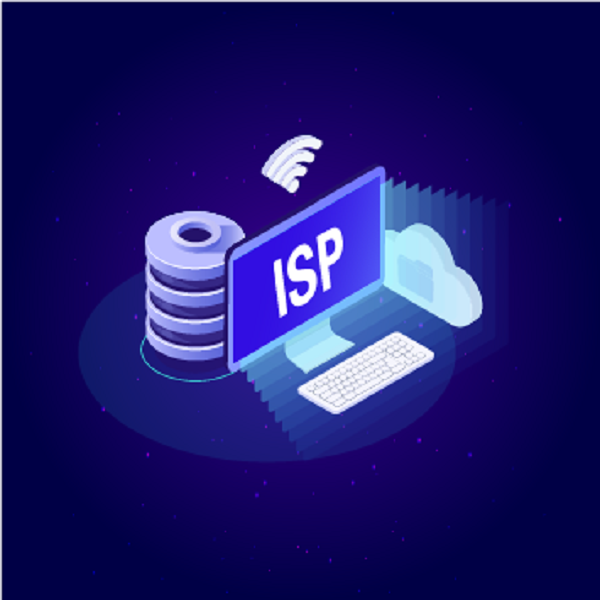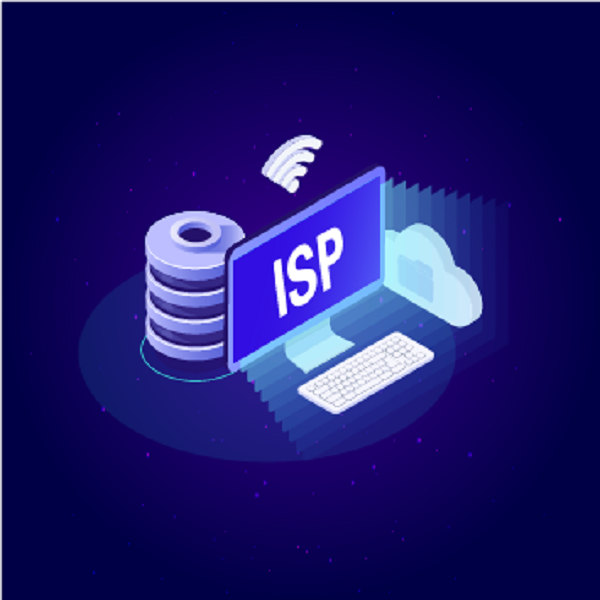Residential Proxies
Allowlisted 200M+ IPs from real ISP. Managed/obtained proxies via dashboard.

Proxies
Residential Proxies
Allowlisted 200M+ IPs from real ISP. Managed/obtained proxies via dashboard.
Residential (Socks5) Proxies
Over 200 million real IPs in 190+ locations,
Unlimited Residential Proxies
Use stable, fast, and furious 700K+ datacenter IPs worldwide.
Static Residential proxies
Long-lasting dedicated proxy, non-rotating residential proxy
Dedicated Datacenter Proxies
Use stable, fast, and furious 700K+ datacenter IPs worldwide.

Web Unblocker
View content as a real user with the help of ABC proxy's dynamic fingerprinting technology.
Proxies
API
Proxy list is generated through an API link and applied to compatible programs after whitelist IP authorization
User+Pass Auth
Create credential freely and use rotating proxies on any device or software without allowlisting IP
Proxy Manager
Manage all proxies using APM interface

Proxies
Residential Proxies
Allowlisted 200M+ IPs from real ISP. Managed/obtained proxies via dashboard.
Starts from
$0.77/ GB
Residential (Socks5) Proxies
Over 200 million real IPs in 190+ locations,
Starts from
$0.045/ IP
Unlimited Residential Proxies
Use stable, fast, and furious 700K+ datacenter IPs worldwide.
Starts from
$79/ Day
Rotating ISP Proxies
ABCProxy's Rotating ISP Proxies guarantee long session time.
Starts from
$0.77/ GB
Static Residential proxies
Long-lasting dedicated proxy, non-rotating residential proxy
Starts from
$5/MONTH
Dedicated Datacenter Proxies
Use stable, fast, and furious 700K+ datacenter IPs worldwide.
Starts from
$4.5/MONTH
Knowledge Base
English
繁體中文
Русский
Indonesia
Português
Español
بالعربية


Key considerations for purchasing US proxys
1. Clarify business requirements and technical parameters
Before purchasing a US proxy, you need to prioritize defining the following key indicators:
IP Type Selection
Residential proxy: suitable for scenarios that need to simulate real user behavior (such as social media operations), the IP comes from the home network of a US ISP operator.
Data center proxy: suitable for high-concurrency requests (such as price monitoring), low cost but easy to be identified by the target platform.
Mobile proxy: used for mobile application testing or advertising verification, IP belongs to the four major operators in the United States (Verizon/AT&T/T-Mobile/Sprint).
Geolocation accuracy
State-level positioning: Need to cover economically active areas such as California and Texas.
City-level positioning: For example, IP addresses in New York and Los Angeles must match the local ASN (Autonomous System Number).
Time zone adaptation: proxys in Eastern Time (EST) and Pacific Time (PST) need to be managed separately.
Anonymity level requirements
Transparent proxy: only hides the user IP, suitable for internal network monitoring.
Anonymous proxy: hides the user's IP but still exposes traces of proxy usage.
High anonymity proxy (recommended): completely simulates the fingerprint of a real terminal device.
2.. Evaluation Criteria for US proxy Service Providers
1. Resource quality verification
IP purity: The blacklist ratio should be less than 5%, which can be screened through tools such as IPQS and Scamalytics.
Network latency: The access latency in the United States must be controlled within 80ms. It is recommended to use Pingdom or WebPageTest for testing.
IP survival period: The average validity period of a high-quality proxy IP should exceed 72 hours and must be verified through continuous monitoring.
Protocol support: Make sure that the service provider supports HTTP, HTTPS and Socks5 protocols at the same time, which can be confirmed through API port response testing.
2. Technical capabilities of service providers
Dynamic IP management capabilities
Supports automatic IP change based on the number of requests or time interval, such as every 5 minutes or every 100 requests.
Provides IP reservation function, allowing users to lock a specific IP segment for 24 to 48 hours to meet specific business needs.
Depth of Anti-Detection Technology
TCP fingerprint randomization: Dynamically modify network layer parameters such as TTL and MSS to avoid protocol feature detection.
TLS fingerprinting: simulates the TLS handshake characteristics of mainstream browsers such as Chrome 120+ or Safari 16+.
Traffic behavior obfuscation: randomize click intervals and mouse movement trajectories to simulate real user operation patterns.
Compliance assurance
Give priority to service providers that have passed SOC2 Type II certification to ensure compliance with data security management.
Sign a Data Processing Agreement (DPA) that complies with US CCPA regulations to protect user privacy.
Supports private deployment solutions to avoid the risk of data leakage caused by shared proxy pools.
3. Purchase process and implementation steps
Phase 1: Demand Analysis and Service Provider Screening
Requirements list preparation
Example requirements:
IP Type: Residential Proxy
Daily demand: 500
Geographic distribution: California residential IP (Los Angeles 60%, San Francisco 40%)
Protocol requirements: Support Socks5 and IPv6
Budget range: $0.8 to $1.2/IP/day
Initial screening of service providers
Give priority to service providers that focus on the US market, such as abcproxy's US static residential proxy service.
Eliminate vendors that don’t offer a trial period or pay-as-you-go options to reduce initial investment risk.
Phase 2: Technical verification and stress testing
Basic functional verification
Verify IP geolocation accuracy using the MaxMind or IP2Location databases.
Simulate 100 concurrent threads to request typical sites such as LinkedIn and Target to test proxy stability.
Risk control confrontation test
Use anti-crawl detection tools such as Distil Networks to assess proxy concealment.
Record the average number of valid operations before the IP is banned. The qualified threshold should be higher than 200 times.
Phase 3: Contract signing and deployment integration
Service mode selection
Small and medium-sized businesses: Using a shared proxy pool can reduce costs by 30%-50%.
Enterprise-level requirements: Use exclusive IP addresses and customize rotation rules to ensure resource exclusivity.
Technology Integration Solutions
API access: Dynamically obtain proxy configuration through RESTful API to achieve automated management.
Client deployment: Install customized proxy management software to support traffic auditing and policy configuration.
Cloud platform integration: Directly call the proxy gateway service on AWS or GCP to simplify the cloud deployment process.
4. Typical application scenarios and configuration suggestions
Amazon Store Management
Recommended proxy type: static residential proxy
Configuration points: Each store is bound to an independent IP, and an automatic time zone synchronization function is set to avoid platform review triggered by IP jump.
TikTok US Operations
Recommended proxy type: 4G mobile proxy
Configuration points: Simulate AT&T or T-Mobile mobile networks, enable device fingerprint camouflage technology, and avoid device identification risks.
Competitive product price monitoring
Recommended proxy type: Data center proxy
Configuration points: Rotate IP every 15 minutes and deploy distributed crawler nodes to disperse request pressure.
Ad account association prevention
Recommended proxy type: High anonymity residential proxy
Configuration points: Assign an independent IP segment to each advertising account and enable the traffic obfuscation function.
5. Risk avoidance and compliance recommendations
Legal risk control
It is strictly prohibited to use proxys to crawl personal privacy data, otherwise it may violate the United States Computer Fraud and Abuse Act.
When purchasing, enterprises need to review the service provider's FCC compliance certificate to ensure that the proxy service complies with local communications regulations.
Technology risk prevention
IP fuse mechanism: When the failure rate of a single IP request exceeds 20%, the IP is automatically isolated and the backup node is switched.
Two-way encryption: Use AES-256 to encrypt proxy tunnels to transmit data, preventing man-in-the-middle attacks and data leakage.
Supplier Management
Establish a multi-service provider backup mechanism. The IP pools of the primary and backup suppliers must be completely isolated to reduce systemic risks.
Regularly review the service provider's IP update logs and blacklist removal records to ensure the purity of the resource pool.
As a service provider focusing on cross-border network solutions, abcproxy provides residential proxy, mobile proxy and customized enterprise-level proxy services covering the entire United States, supporting precise geographic positioning and highly anonymous access. Its dynamic IP management system can automatically optimize resource allocation strategies to meet the multi-level needs of start-up teams to multinational companies. If you need to obtain a free test IP or a customized procurement plan, it is recommended to visit the official website directly to consult the technical team.
Featured Posts
Popular Products
Residential Proxies
Allowlisted 200M+ IPs from real ISP. Managed/obtained proxies via dashboard.
Residential (Socks5) Proxies
Over 200 million real IPs in 190+ locations,
Unlimited Residential Proxies
Use stable, fast, and furious 700K+ datacenter IPs worldwide.
Rotating ISP Proxies
ABCProxy's Rotating ISP Proxies guarantee long session time.
Residential (Socks5) Proxies
Long-lasting dedicated proxy, non-rotating residential proxy
Dedicated Datacenter Proxies
Use stable, fast, and furious 700K+ datacenter IPs worldwide.
Web Unblocker
View content as a real user with the help of ABC proxy's dynamic fingerprinting technology.
Related articles

Why do you need a dedicated proxy IP to buy shoes on SNKRS
This article analyzes the core role of dedicated proxy IP in SNKRS snap-ups, explores how to improve the success rate through proxy IP technology, and introduces how abcproxy provides professional solutions for sneaker enthusiasts.

How to search for Taobao products through pictures
This article analyzes the implementation logic of Taobao's image search technology, explores practical methods to improve search efficiency, and explains the application value of proxy IP services in e-commerce data collection, and recommends abcproxy professional proxy solutions.